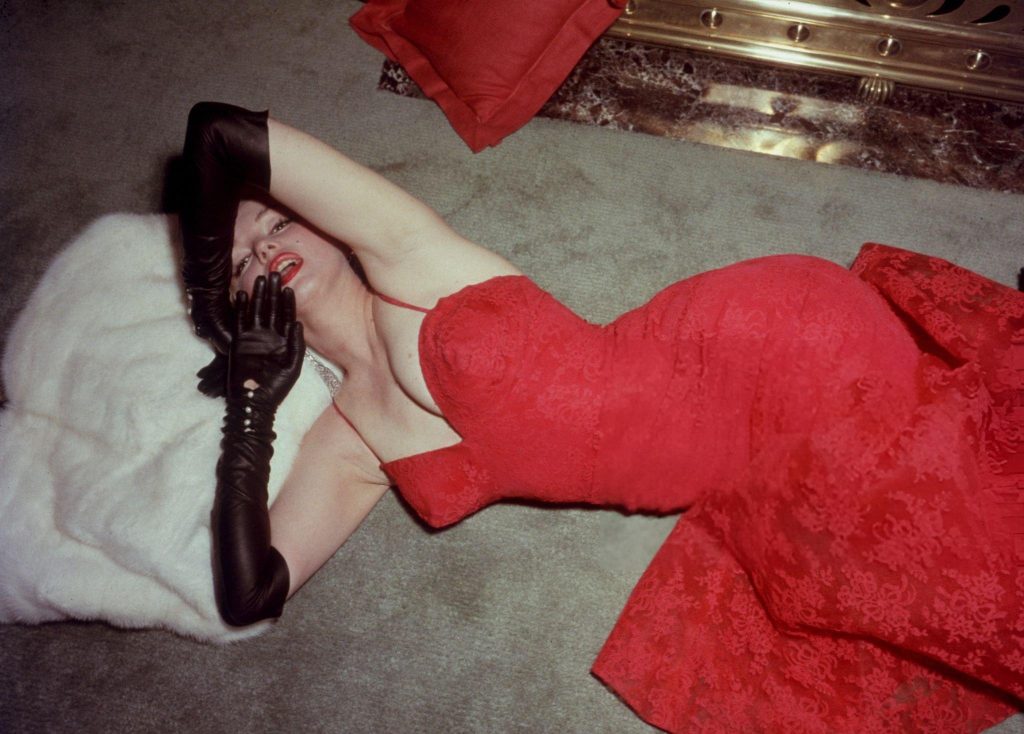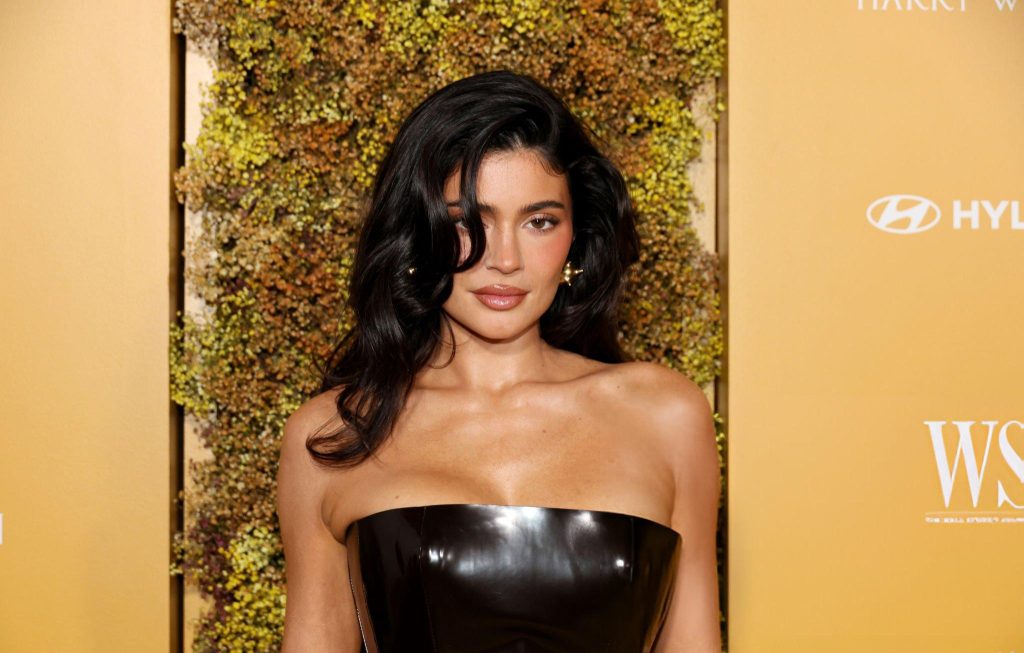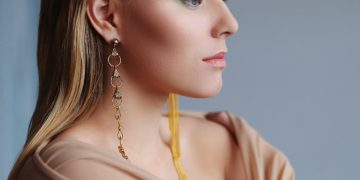Fashion is an ever-evolving and dynamic form of self-expression, where one’s style and choices can speak volumes without uttering a single word. In the world of fashion, a common debate often emerges: “Fashion with sex appeal vs no sex appeal.” This discussion not only reflects societal standards but also challenges what it means to dress with confidence, power, and allure. Is sex appeal a requirement for feeling good in your clothes, or is it possible to exude confidence and charm without relying on this aesthetic?
In this article, we will delve into the nuances of these two categories, analyzing the cultural, psychological, and social implications of each.
Table of Contents
Understanding Fashion with Sex Appeal Vs No Sex Appeal
What Does “Sex Appeal” in Fashion Really Mean?
Sex appeal in fashion is often associated with clothing choices that accentuate physical features considered attractive or alluring, while also invoking a sense of desire. These pieces typically include designs that draw attention to curves, legs, or chest, paired with cuts or colors that make the wearer appear more seductive. The idea behind such fashion is to create a sense of allure, inviting admiration or desire from others.
But, it’s essential to understand that sex appeal isn’t just about showing skin. It’s about confidence, body language, and the way one carries themselves. A person wearing a tailored suit that fits perfectly can exude more sex appeal than someone dressed in revealing clothes but without confidence.
Cultural Influence on Sex Appeal
Throughout history, fashion trends have continuously reflected changing attitudes toward sex and sensuality. The glamorous Hollywood era of the 1950s is a prime example, where iconic stars like Marilyn Monroe and Elizabeth Taylor embodied sex appeal through their form-fitting dresses and feminine silhouettes. These trends often emphasized the hourglass figure, with fabrics like silk and satin creating a visually soft yet seductive aura.

In more recent years, fashion has evolved to embrace body positivity and diversity. Designers have moved away from the traditional view of sex appeal, and today, figures like Rihanna, Beyoncé, and Lady Gaga are known for breaking fashion norms while maintaining their appeal.
The Psychology of Fashion and Sex Appeal
Clothing has a psychological impact on both the wearer and the observer. When a person dresses in a way that accentuates their best features, it can boost their self-esteem and sense of empowerment. When this confidence radiates, others may interpret it as sex appeal. It’s not just about the outfit but the way it makes someone feel.
Sex appeal also operates as a form of non-verbal communication. Certain colors, fabrics, and cuts can evoke a sense of power, mystery, or sensuality, making individuals appear more attractive. Fashion allows people to project a carefully curated image, where the lines between self-expression and desire often blur.
Fashion Without Sex Appeal: Is It Possible?
Redefining “No Sex Appeal” in Fashion
On the flip side, fashion without sex appeal focuses on clothing choices that prioritize comfort, utility, and simplicity over visual allure. This type of fashion leans into practical and minimalist styles, such as baggy jeans, oversized sweaters, and tailored suits with a more conservative cut. While it may not scream “seductive,” it emphasizes personal style, intellect, and comfort over societal standards of allure.
In this case, there’s an emphasis on personal expression rather than creating a sexualized image. Fashion without sex appeal ( Fashion with sex appeal vs no sex appeal) is less about drawing attention and more about making a statement, evoking confidence in subtlety.
The Rise of Minimalism and Comfort
In today’s world, many people are opting for fashion choices that focus on comfort and functionality. The rise of athleisure, sustainable fashion, and gender-neutral clothing is redefining what it means to dress with confidence. Clothes like oversized shirts, sweatpants, and sneakers have gained popularity, indicating that sex appeal is not the central goal for everyone. Instead, people are focusing on comfort and practicality, which often translates into a laid-back, confident style.
For example, the “normcore” trend—a fashion movement that embraces “ugly” or plain clothing—is a reaction against the over-sexualized fashion of previous decades. It champions the idea that clothing doesn’t have to be flashy or seductive to be meaningful. Instead, it celebrates individuality, authenticity, and simplicity.
Comfort and Identity in Fashion Choices
Choosing to wear fashion without sex appeal may also signify a rejection of societal norms that define attractiveness based on physicality alone. For many, the desire to dress comfortably or to wear items that feel true to themselves is more important than adhering to the prevailing trends. People who prioritize comfort often feel more in tune with their identity because they are expressing themselves through clothing that suits their lifestyle.
Sex Appeal in Fashion: Pros and Cons
The Pros of Fashion with Sex Appeal
Fashion with sex appeal can undoubtedly empower and boost confidence. For many, the act of choosing clothing that highlights their best features feels empowering and encourages self-love. This style can communicate power and allure, making people feel noticed and admired in social or professional settings. Additionally, the use of seductive fashion pieces can be a powerful tool for building self-esteem and fostering intimacy.
The Cons of Fashion with Sex Appeal
However, there are downsides to this type of fashion. Society’s focus on physical beauty often leads to unrealistic beauty standards and objectification. Fashion that heavily relies on sex appeal can also reinforce gender stereotypes and perpetuate the idea that attractiveness is a primary trait that defines a person’s worth.
It’s essential to acknowledge that while clothing can accentuate features, it shouldn’t be the sole basis for defining someone’s self-worth. People can feel valuable and attractive without necessarily fitting into societal molds of “sexy” fashion.
Why Do We Still Care About Sex Appeal in Fashion? ( Fashion with sex appeal vs no sex appeal)
The Influence of Media and Pop Culture
Pop culture plays a significant role in shaping our perception of fashion and beauty. Movies, television, music videos, and advertisements often depict hyper-sexualized fashion as a means to attract attention, be successful, or gain power. Celebrities such as Kim Kardashian, Kylie Jenner, and others frequently use fashion that emphasizes their curves, creating a cycle of desire for similar looks among their followers.

The media’s portrayal of beauty also skews our understanding of sex appeal. While it may inspire many to pursue certain trends, it also contributes to a narrow definition of what is considered attractive. In contrast, there’s a growing movement towards more inclusive beauty standards and a broader understanding of how fashion can reflect identity beyond sexual allure.
Fashion with Sex Appeal vs. No Sex Appeal: Finding a Balance
Embracing Individuality and Self-Expression
At the end of the day, the debate between fashion with sex appeal versus no sex appeal is about choice and personal expression. There’s no one-size-fits-all approach to fashion. Each individual should feel free to choose clothing that makes them feel their best, regardless of whether it aligns with traditional notions of sexiness or not. Fashion is an opportunity to communicate with the world without saying a word.
Balancing Both Worlds
Incorporating elements of both sex appeal and comfort can be a fun way to balance these two extremes. Imagine pairing a flattering dress with a pair of sneakers or combining a tailored blazer with casual jeans. Mixing bold and subtle pieces creates a harmonious blend that allows for personal expression and self-confidence while maintaining comfort and practicality.
Conclusion
Fashion, whether it’s designed to showcase sex appeal or prioritize comfort and simplicity, is an expression of individuality. As society evolves, so do our perceptions of what makes someone attractive, stylish, or confident. Whether you prefer the seductive allure of revealing outfits or the understated power of minimalist fashion, the most important thing is feeling good in your own skin. After all, the true essence of style lies in embracing your uniqueness. Visit Glamour Script Homepage foe more articles like these.
FAQs
Can fashion with sex appeal be empowering? ( Fashion with sex appeal vs no sex appeal)
Yes, for many, fashion that highlights one’s best features can be empowering, boosting confidence and making individuals feel attractive.
Is it possible to have style without relying on sex appeal?
Absolutely. Fashion is about personal expression, and you can be stylish without focusing on traditional ideals of sex appeal.
Why is sex appeal so prevalent in fashion?
Sex appeal in fashion is often a reflection of societal beauty standards influenced by media and pop culture. However, these standards are constantly evolving.
How can I balance sex appeal and comfort in my wardrobe?
You can create a balanced style by pairing comfortable pieces with more flattering cuts, allowing for both confidence and ease in your outfit choices.
Is minimalism in fashion the opposite of sex appeal?
Not necessarily. Minimalism is about simplicity and can still be attractive and empowering. It’s just a different approach to personal style.

















































